Steve Yun, representing TON Foundation as a board member, met with BeInCrypto during the 2025 Web3 Festival Hong Kong. In this exclusive interview, he discussed TON’s recent developments and their unique position in the blockchain landscape as a mini-app focused infrastructure built for Telegram’s ecosystem.
The conversation covered TON’s $400 million secondary market investment, technical upgrades to their asynchronous architecture, and strategic initiatives across DeFi and gaming sectors. Yun also shared his perspectives on expansion into US markets and leveraging the Asia-Pacific region’s familiarity with super-app ecosystems.
TVL on TON has dropped by 72%. Why, and what’s your response?
The decrease in Total Value Locked primarily stems from our strategic decision to discontinue liquidity pool incentives. Our analysis confirms that incentives are effective—with their impact being significant in bear markets and exponentially greater during bull markets—but the fundamental challenge is ensuring that liquidity remains sustainable after incentives end.
What we discovered is that a comprehensive DeFi ecosystem is essential for sustainable liquidity. Our initial infrastructure consisted primarily of basic Automated Market Makers, which wasn’t sufficient. Now we’re building a complete suite of DeFi primitives: lending protocols, derivatives, perpetual futures, concentrated liquidity DEXs with limit orders, stable swap mechanisms like Curve, and dynamic liquidity solutions similar to Maverick.
These capital-efficient tools create an ecosystem where liquidity naturally wants to remain. We’re busy developing this comprehensive infrastructure, and once it’s in place, we’ll consider reintroducing incentives. The key insight was that incentives alone create temporary activity, but a robust ecosystem creates lasting value and sustainable growth.
How will you use the recent $400M investment with Telegram for Web3 initiatives?
The $400 million investment happened over several years in the secondary market, not directly to the foundation. The foundation does not directly receive these funds—the beneficiaries are Toncoin holders and miners who determine the allocation of these proceeds independently. We operate solely on donations from miners as our reserve. While we hope these funds benefit the ecosystem, it’s ultimately up to the individual holders. It’s important to clarify that when we announced this investment, we were consolidating and reporting secondary market sales that we were aware of, not announcing a direct investment into the foundation itself.
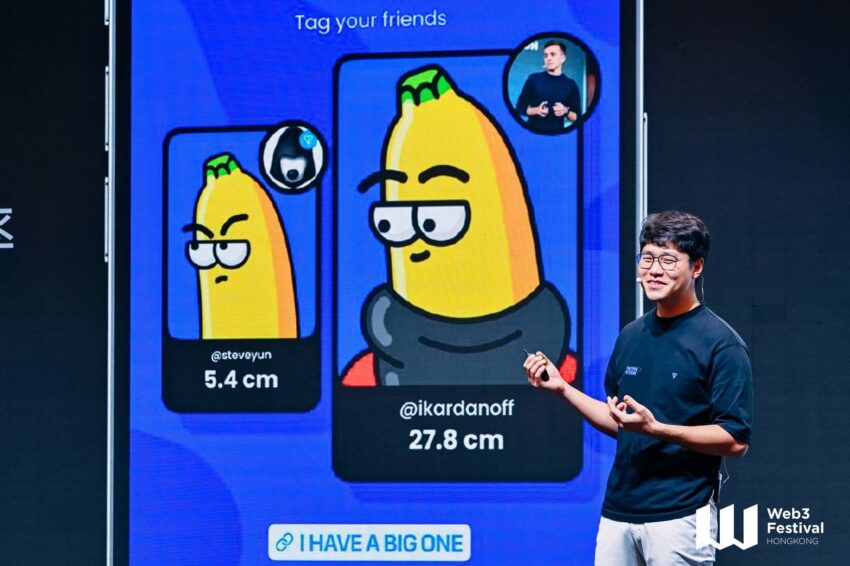 Steve Yun is giving a keynote speech at the Web3 Festival main event. Source:Web3 Festival
Steve Yun is giving a keynote speech at the Web3 Festival main event. Source:Web3 FestivalWhat key features will your 2025 Layer-2 network and “Accelerator” mainnet upgrade deliver?
We’ve implemented substantial enhancements to TON’s asynchronous architecture, which is fundamentally different from synchronous blockchains like Ethereum. In TON, transactions don’t need to wait for previous ones to confirm—they can all be confirmed simultaneously, making it much faster and more scalable. Previously, congestion in one shard could affect the entire network, but our update ensures problems remain isolated to specific shards, greatly improving network robustness.
We’re also developing a new programming language to replace FunC, which presents significant complexity for developers due to its low-level nature. Additionally, we’re working on workchains—similar to Polkadot’s parachains but more tightly coupled with the main chain. These specialized chains will enable use cases the current infrastructure can’t support efficiently, like high-frequency trading that requires hyper-liquid decentralized exchanges. These improvements collectively make TON more developer-friendly and capable of supporting diverse applications.
How will the TON BTC bridging mechanism impact your ecosystem?
tgBTC represents a significant addition to our collateral ecosystem, substantially boosting liquidity in TON’s DeFi environment. What makes it unique is our implementation approach. Most wrapped Bitcoin solutions on other chains use token standards like ERC-20, which include compliance features allowing the issuer to freeze or confiscate assets. This centralization is problematic for Bitcoin holders who value decentralization.
TON addresses this challenge through our proprietary “extra currencies” technology, which functions like Toncoin itself—controlled only by the validator network, not by any single entity. This means tgBTC cannot be frozen or confiscated by the token creator, making it uniquely appealing to Bitcoin holders who want to generate yield through DeFi activities but have been reluctant to use other wrapped solutions due to custody concerns. They can now utilize their Bitcoin in DeFi without compromising on the core value of censorship resistance that attracted them to Bitcoin initially.
What advantages does TON have in DeFi and GameFi?
Speaking personally, I maintain measured expectations regarding the future trajectory of crypto gaming. When we’ve seen high-quality games launch on Telegram, users’ primary concern tends to focus on tokenization timelines rather than appreciating gameplay. People want speculation, not games—crypto gaming often served as an alternative vehicle for speculative activity. Even successful examples like Axie Infinity saw price outpace reality, and few still play these games.
The foundation continues supporting gaming initiatives due to Telegram’s social aspects, but I believe the crypto gaming paradigm as initially conceived may have reached its conclusion. It can exist as one monetization strategy among many, but isn’t essential.
DeFi, however, cannot exist without crypto. We’re focused on payments and DeFi solutions, including the tokenization of Telegram bonds, which generate 8-15% annual returns and may offer discount access to potential Telegram IPOs—powerful assets for the ecosystem.
What are your US expansion plans under chairman Manuel Stotz‘s leadership?
Due to past SEC issues with Gram, we maintained a policy of non-engagement with US entities. When they reached out, we simply declined engagement opportunities. However, the regulatory landscape has evolved, prompting a recalibration of our strategy.
We’re now actively engaging with US companies and exchanges about listing Toncoin and TON-based assets, including stablecoins. We’re encouraging stablecoin issuers to natively mint on TON. The community has already begun holding events in the US, and the foundation plans to establish physical representation there.
A significant development is making the non-custodial portion of TON Space wallet available to US persons, which was previously restricted. This strategic shift recognizes the importance of the US market while maintaining compliance with regulatory requirements.
What’s your message at Hong Kong Web3 Festival and Asia-Pacific strategy?
Our strategic positioning distinguishes us from conventional blockchain projects—we target mini-app developers rather than smart contract developers. While other chains attend Ethereum conferences to compete for smart contract developers, we focus on regions with established super-app ecosystems. The APAC region is particularly important because people here understand and use super-apps like WeChat, Line, and KakaoTalk.
We access this market through Hong Kong, building relationships with key players like Hashkey, who’ve supported us by providing main stage access for TON Ecosystem Day two years running. This partnership is strategic because APAC users possess sophisticated familiarity with integrated digital ecosystems, making them ideal early adopters for TON’s mini-app ecosystem within Telegram. The region’s familiarity with integrated digital experiences makes it fertile ground for our approach to Web3 adoption.
The post TON’s Path to 500M Users and US Expansion Plans – Interview with Steve Yun appeared first on BeInCrypto.

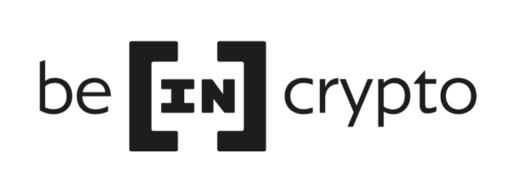 7 hours ago
21
7 hours ago
21


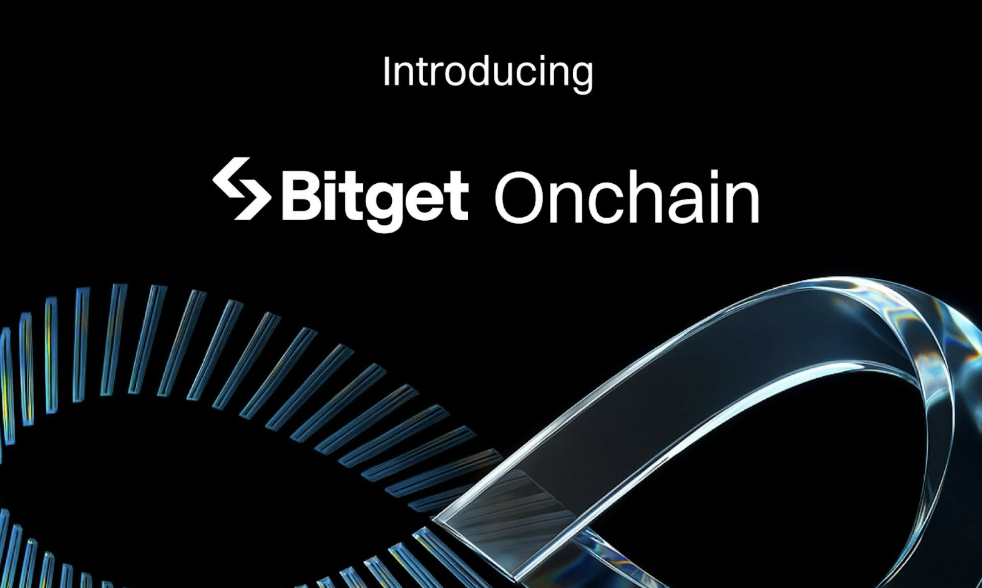
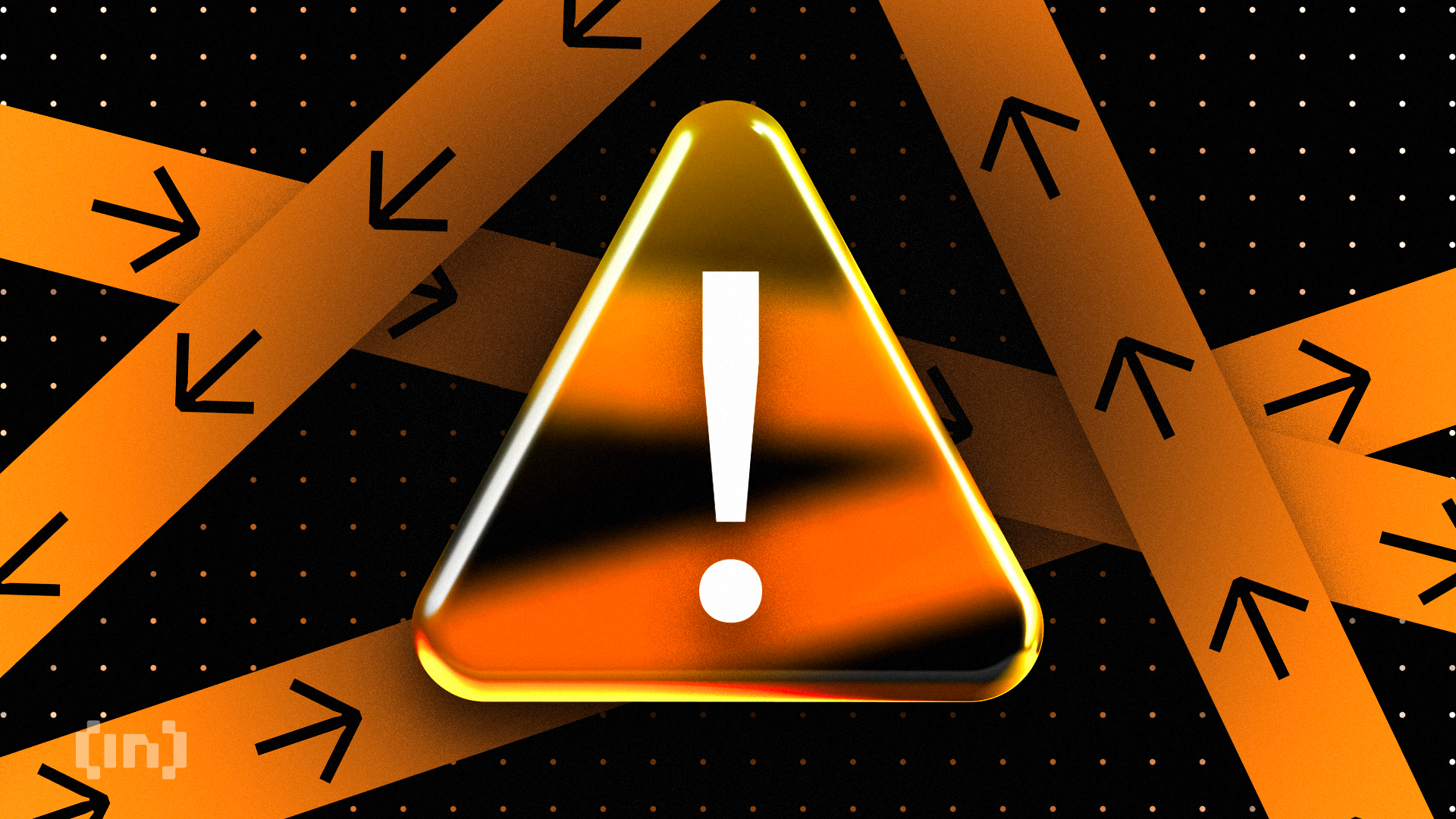
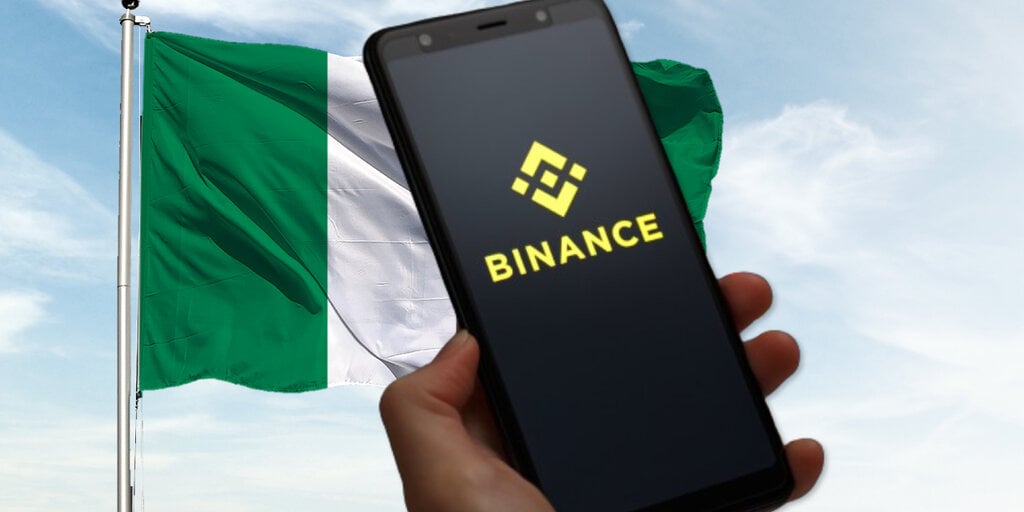
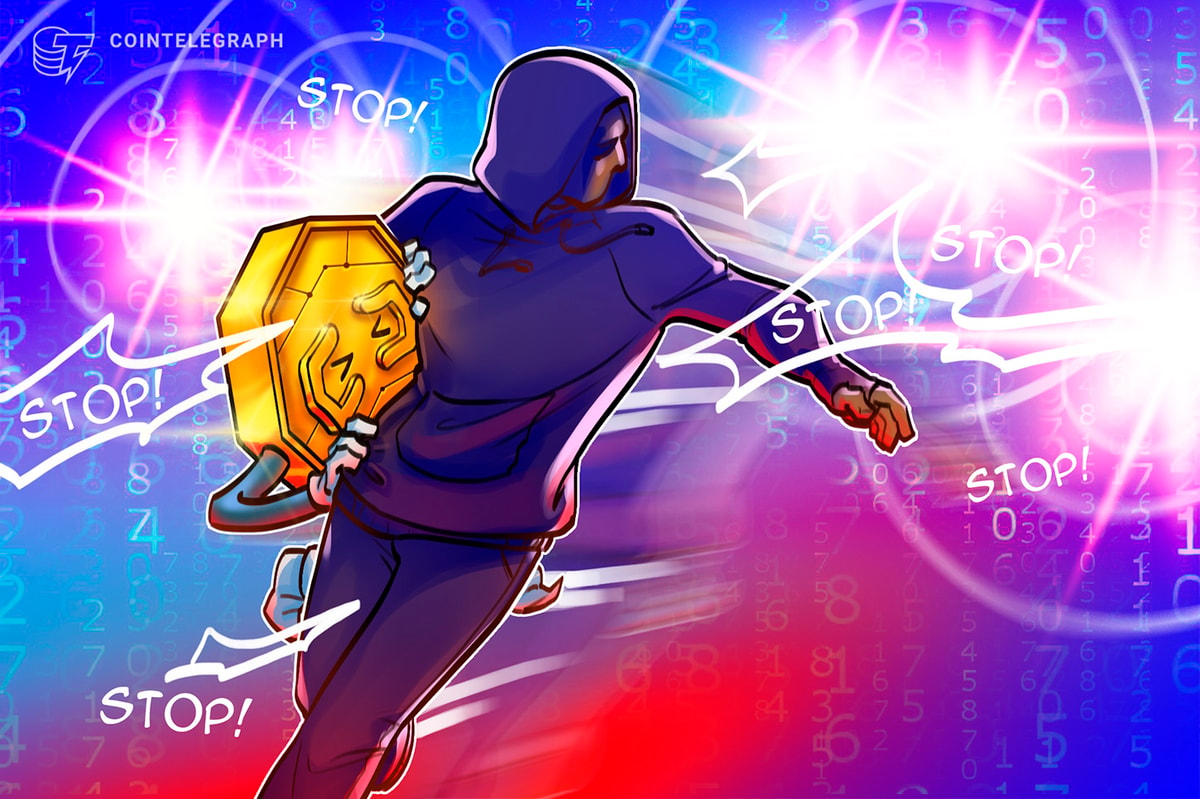
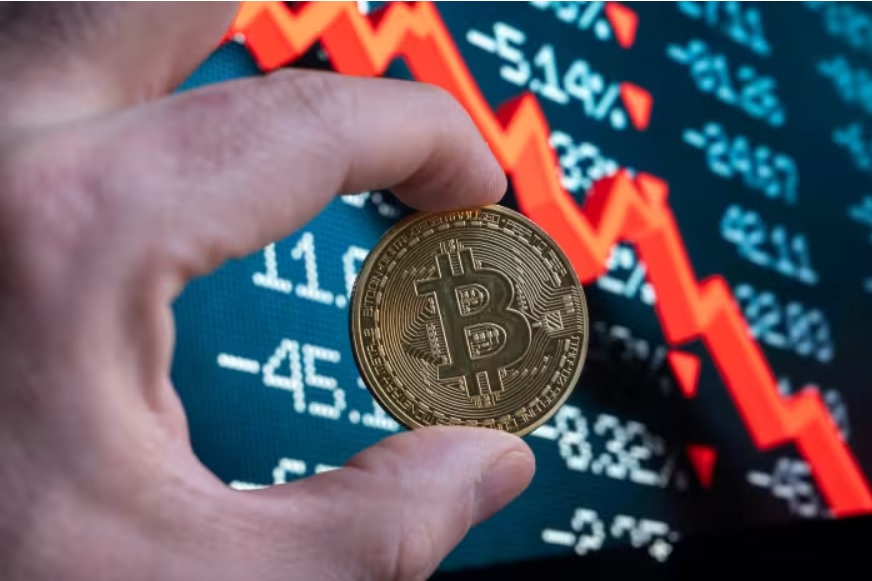

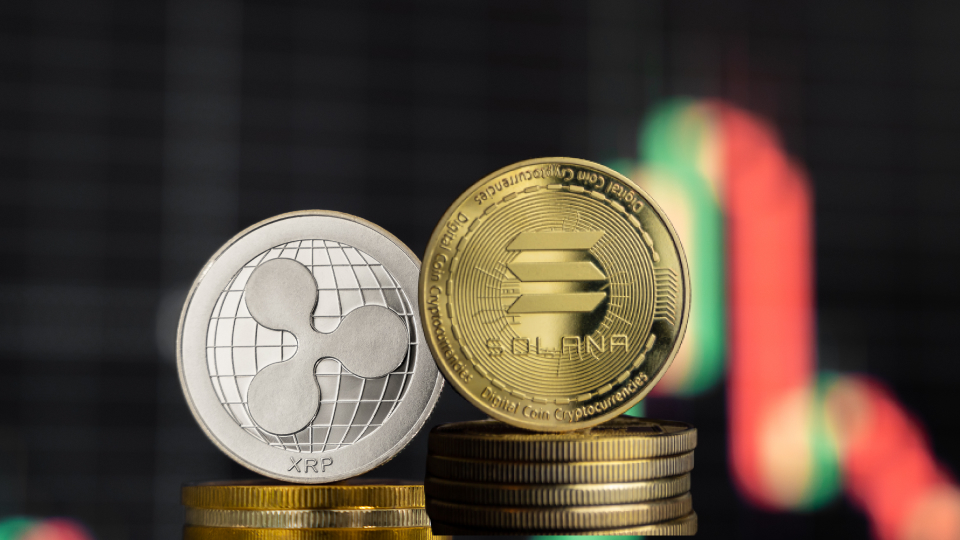
 English (US) ·
English (US) ·